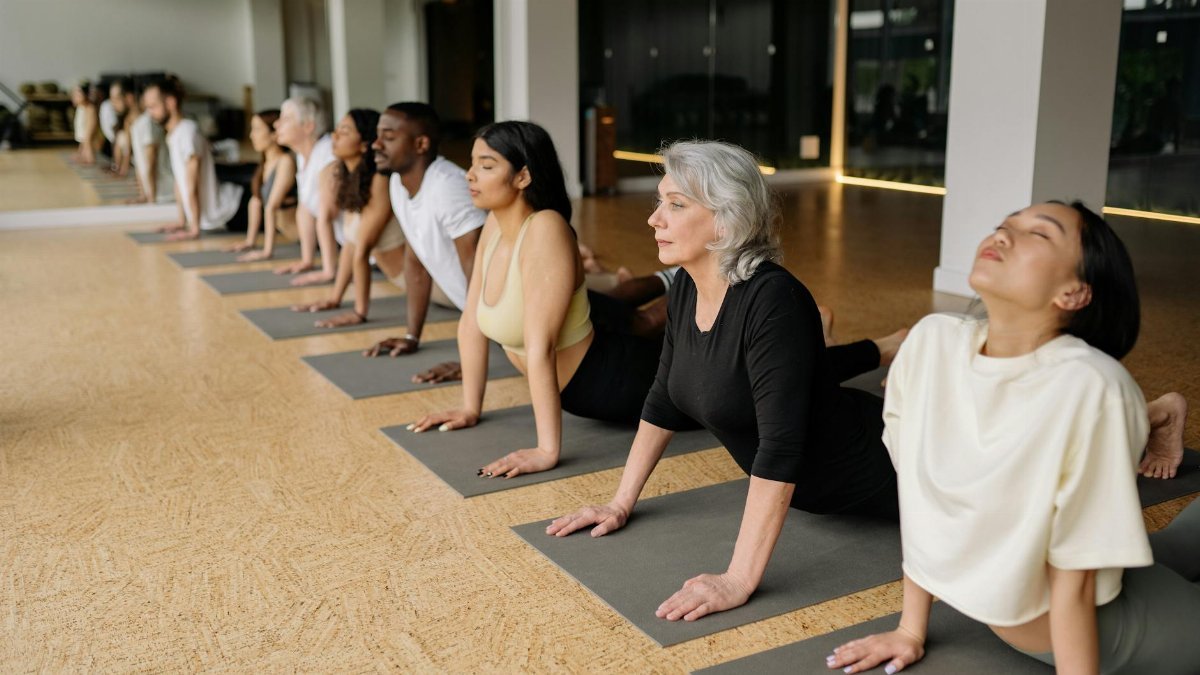Is olfactory anchors memory the secret weapon for mastering complex data? Scientists and everyday learners alike are buzzing about this sensory strategy, where specific smells are paired with information to boost recall. Imagine sniffing lavender while studying stats, then using that same scent to trigger memory during a test. It’s not just a quirky trick—research shows the brain’s olfactory system is wired to cement memories in ways other senses can’t match. Here’s how this powerful technique is changing the game for students, professionals, and anyone wrestling with information overload.
What Is Olfactory Anchors Memory?

At its core, olfactory anchors memory refers to linking a distinct scent with specific information to enhance retention and recall. The science is rooted in the brain’s anatomy: the olfactory bulb, which processes smells, has a direct line to the amygdala and hippocampus—regions critical for emotion and memory. Unlike visual or auditory cues, smells can evoke vivid, immediate memories, often bypassing conscious thought. This makes scent a uniquely potent tool for anchoring complex data in the mind.
Why Smell Stands Out Among Senses

Smell is processed faster and more viscerally than other sensory inputs. A 2019 study from the University of California, Irvine, found that olfactory cues can improve memory retrieval by up to 30% compared to visual prompts. The reason? Scents trigger emotional responses, which cement memories more effectively. For anyone struggling to recall dense material—think legal jargon or medical terms—pairing it with a scent like peppermint could make all the difference. Check the research at University of California, Irvine.
How It Works in Practice

Using olfactory anchors memory is simpler than it sounds. Choose a distinct scent—rosemary, citrus, or even coffee—and expose yourself to it while studying specific data. When it’s time to recall, reintroduce that scent to jog your memory. The key is consistency: the same smell must be used each time for that particular information. Users report startling results, with some claiming they’ve aced exams by sniffing the same essential oil used during prep sessions.
Real-World Applications for Students

Students are among the biggest adopters of olfactory anchors memory in 2025. Cramming for finals? Pair a scent with each subject—vanilla for history, eucalyptus for biology—and let your nose guide you during tests. A high school teacher in Ohio reported that her class’s test scores jumped 15% after integrating scent-based study techniques. While not every school allows scented items during exams, practicing at home can still build stronger memory pathways for complex topics.
Professionals Harnessing the Power of Scent

Beyond classrooms, professionals are tapping into olfactory anchors memory to master presentations and technical data. Sales reps associate client details with specific colognes, while engineers pair project specs with herbal teas. A tech consultant in San Francisco shared, “I smell cedarwood, and suddenly I’m back in the meeting where I learned those specs.” It’s a low-cost, high-impact way to stand out in competitive fields where recalling details under pressure is everything.
Backing from Brain Science

Neuroscience supports this trend. A study published by the National Institutes of Health highlights how olfactory stimuli can enhance episodic memory—the kind tied to specific events or data. The research suggests smells create a “contextual bridge” to past learning moments, making recall almost instinctive. For deeper insights into the brain-smell connection, explore the findings at National Institutes of Health. This isn’t just a fad; it’s a brain hack grounded in how we’re wired.
Choosing the Right Scents

Not all smells work equally well as memory anchors. Strong, distinct aromas like mint, lavender, or cinnamon are often most effective because they’re less likely to blend into background noise. Avoid overly familiar scents—your daily shampoo, for instance—since they won’t stand out as unique triggers. Experiment with essential oils or scented candles, but keep safety in mind: overuse or strong allergens can backfire, turning a memory aid into a distraction.
Challenges to Watch For

While promising, olfactory anchors memory isn’t foolproof. Some environments—like sterile offices or exam rooms—ban scents due to allergies or policies. Others find certain smells distracting rather than helpful. There’s also the risk of “scent overload” if too many aromas are tied to different data sets, leading to confusion. Start small, with one or two scent-data pairings, before scaling up to more complex systems.
Tips for Getting Started

Ready to try olfactory anchors memory? Begin with a single piece of complex data and a unique scent. Study in a controlled setting where the smell won’t mix with others. Use the same scent every time you review that material, and again when you need to recall it. Keep a log of which scents pair with what data to avoid mix-ups. With practice, this technique could transform how you handle information overload in today’s fast-paced world.
Disclaimer
The content on this post is for informational purposes only. It is not intended as a substitute for professional health or financial advice. Always seek the guidance of a qualified professional with any questions you may have regarding your health or finances. All information is provided by FulfilledHumans.com (a brand of EgoEase LLC) and is not guaranteed to be complete, accurate, or reliable.
